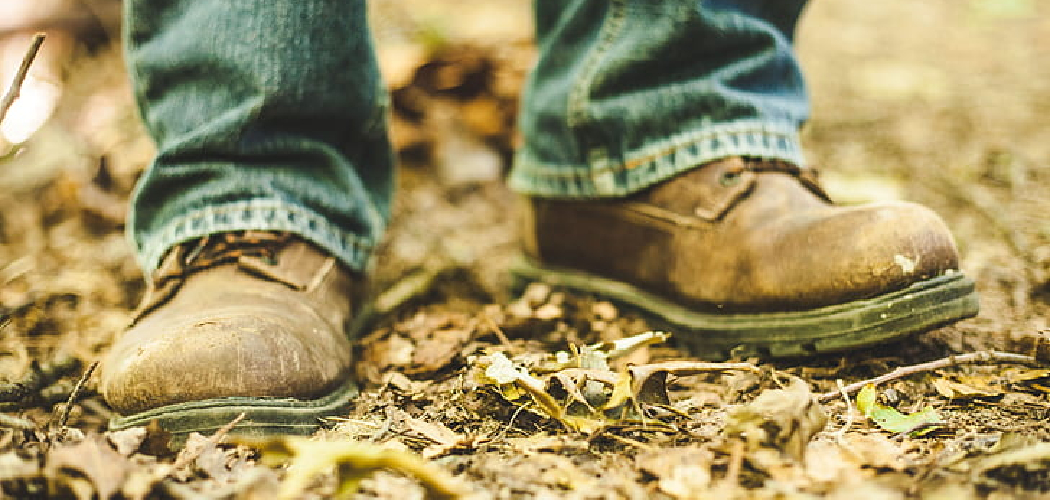Leather work boots are often considered to be the standard in durable and reliable footwear for those who work in industries such as construction, manufacturing, or agriculture. However, one common issue many people face when wearing leather work boots is keeping their feet dry. Wet feet not only cause discomfort and blisters but also increase the risk of developing foot-related health problems.
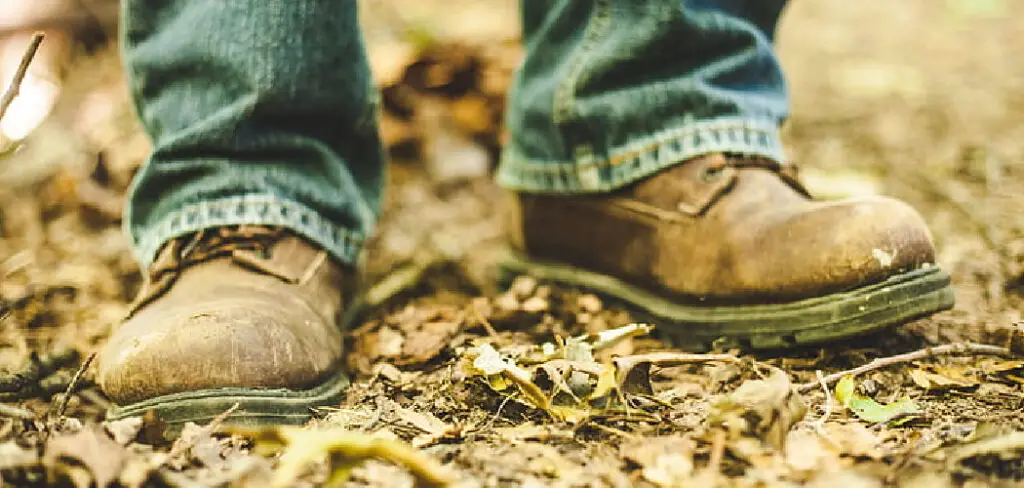
The main advantage of keeping feet dry in leather work boots is that it can greatly improve the comfort and durability of your boots. Leather work boots are known for their sturdiness, but they also require proper care to maintain their quality.
By keeping your feet dry, you not only prevent unpleasant odors and blisters, but you also prolong the lifespan of your work boots. In this blog post, You will learn in detail how to keep feet dry in leather work boots.
Step by Step Processes for How to Keep Feet Dry in Leather Work Boots
Step 1: Inspect Your Work Boots before Wearing Them
Before you start working, make sure to check the condition of your leather work boots. Look for any holes or cracks that may let moisture in. Take note of any areas that seem to be more worn out than others.
Step 2: Use Waterproofing Sprays or Waxes
Invest in a good quality waterproofing spray or wax specifically made for leather boots. This will create a barrier between the leather and any water or moisture, keeping your feet dry. Make sure to apply the waterproofing spray or wax at least 24 hours before wearing your work boots. This will give enough time for it to fully dry and be effective in repelling water.
Step 3: Reapply Waterproofing Regularly
Reapply the waterproofing treatment every few weeks or as needed. This will ensure that your boots are always well-protected from water and moisture. Before applying any waterproofing treatment, make sure to clean your boots thoroughly. Use a soft-bristled brush or a damp cloth to remove any dirt, dust, or grime. This will help the waterproofing product adhere better to the leather.
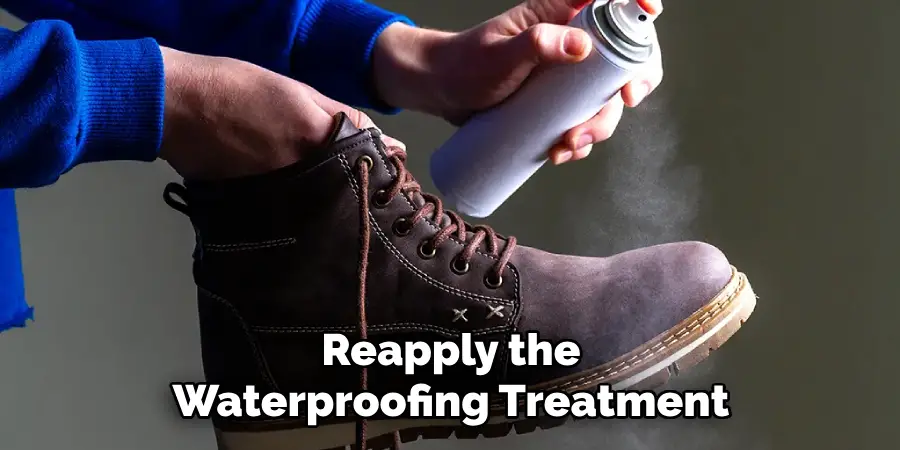
Step 4: Use a Leather Conditioner
Leather can dry out and crack if not properly moisturized. Use a good quality leather conditioner every now and then to keep your work boots in top condition. Wearing the right kind of socks can also help keep your feet dry in leather work boots. Invest in moisture-wicking socks that will help absorb sweat and prevent it from building up inside your boots.
Step 5: Avoid Working in Wet Conditions
If possible, try to avoid working in wet or rainy conditions. This will not only make it harder to keep your feet dry, but it can also damage your work boots and decrease their lifespan. Aside from waterproofing your boots, wearing waterproof pants can also help keep your feet dry. This will prevent any water or moisture from seeping in through the top of your boots.
Step 6: Dry Out Your Boots After Each Use
After a long day of work, take the time to dry out your boots. Remove any excess moisture by wiping them down with a cloth and then let them air dry in a well-ventilated area. Consider using boot inserts or insoles that are specifically designed to absorb moisture and keep your feet dry. These can be especially helpful if you tend to sweat a lot while working.
Step 7: Have a Spare Pair of Boots
Lastly, it’s always a good idea to have a spare pair of work boots on hand. This way, if your current pair gets wet or damaged, you have another set to wear while the first one dries out.
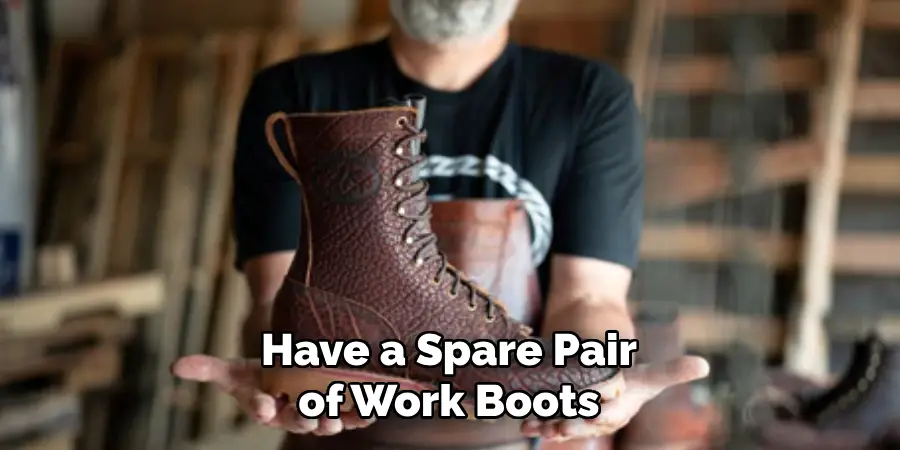
By following these steps, you can ensure that your feet stay dry and comfortable while wearing leather work boots. Remember to regularly inspect, clean, and waterproof your boots for the best results.
Precautions for How to Keep Feet Dry in Leather Work Boots
- Firstly, make sure that your leather work boots are waterproof. Double check if the material of your boots is suitable to be worn in water or rain. If not, then you can treat them with a waterproofing spray or wax to protect them from getting wet.
- Socks play a crucial role in keeping your feet dry. Wear moisture-wicking socks that can absorb sweat and keep your feet dry throughout the day. Avoid cotton socks as they tend to retain moisture.
- Consider purchasing insoles for your leather work boots. Insoles not only provide comfort but also act as a barrier between your feet and the moist ground, keeping your feet dry.
- Make sure to clean and dry your leather work boots regularly. Any traces of dirt or mud can cause the leather to absorb water and make your feet wet.
- If you are working in an area with high humidity, use foot powder before wearing your work boots. Foot powder helps to keep your feet dry by absorbing any excess moisture.
- When working in extremely wet conditions, wear waterproof boot covers over your leather work boots. This will provide an extra layer of protection and keep your feet dry.
- Lastly, make sure to take breaks throughout the day to let your feet breathe. Remove your work boots and socks, and allow them to air out for a few minutes before putting them back on. This will prevent excessive sweating and help keep your feet dry.
Remember, keeping your feet dry in leather work boots is not only essential for your comfort but also for your safety. Wet feet can lead to blisters, athlete’s foot, and other foot-related health issues. By following these precautions and tips, you can ensure that your feet stay dry and healthy in any weather conditions.
How Often Should You Waterproof Your Leather Work Boots?
If you are someone who works in leather work boots, then you know the importance of keeping your feet dry at all times. Wet feet not only feel uncomfortable but can also lead to various foot problems such as blisters, irritation and even fungal infections.
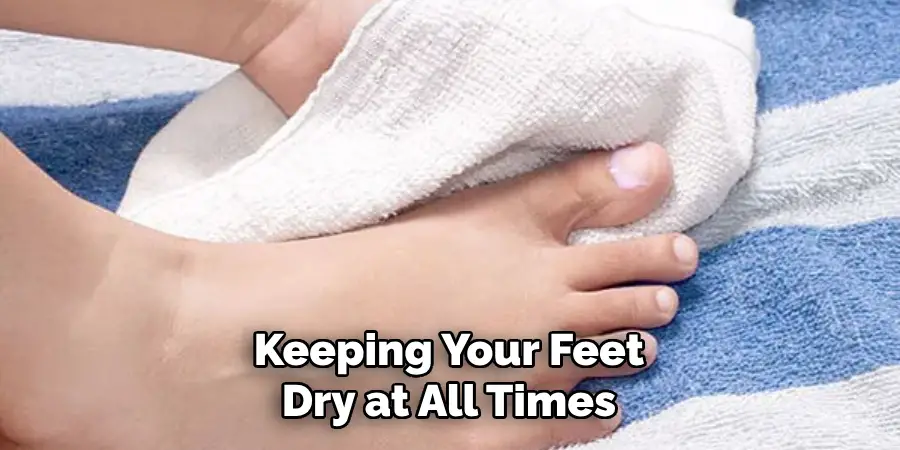
This is why it is crucial to keep your leather work boots waterproofed at all times. Ideally, you should waterproof them every three to six months. However, this depends on various factors such as how often you wear your boots and the weather conditions in which they are exposed.
If you wear your work boots daily or work in harsh environments where your feet are subjected to excessive moisture and extreme temperatures, then you should consider waterproofing them more frequently. On the other hand, if you wear your boots occasionally or work in less harsh environments, then waterproofing them every six months should be sufficient.
When it comes to weather conditions, if you live in an area with constant rain and snowfall, you might want to waterproof your leather work boots more frequently. This is because excess moisture can seep into your boots and damage the leather, thereby reducing its durability and lifespan.
Should You Apply Waterproofing Agent to the Entire Boot or Just the Seams and Stitching?
There are various products available in the market that claim to waterproof leather work boots. However, when it comes to keeping your feet dry, not all products are created equal.
Some common types of waterproofing agents include oils, waxes, sprays and creams. Oils and waxes tend to provide long-lasting protection but can darken the color of the leather. Sprays and creams, on the other hand, are easy to apply and do not alter the color of the leather. However, they may need to be reapplied more frequently.
When it comes to applying waterproofing agents, you might wonder whether you should cover the entire boot or just focus on the seams and stitching. Ideally, it is best to apply waterproofing agent to the entire boot to ensure maximum protection.
However, if you are short on time or using a spray or cream product that is easier to apply to specific areas, then focusing on the seams and stitching can still provide adequate moisture protection.
Are There Any Alternative Methods for Keeping Feet Dry in Leather Work Boots Besides Using Waterproofing Products?
If you have been working in wet conditions, you know how important it is to keep your feet dry. Wet feet are not only uncomfortable but can also lead to blisters, foot fungus, and even trench foot if left untreated for too long.
This is especially true for those who work on their feet all day, wearing heavy leather work boots that are meant to protect against impact and debris. However, if you are wondering how to keep your feet dry in leather work boots, there are a few things you can do to ensure that your feet stay comfortable and healthy.
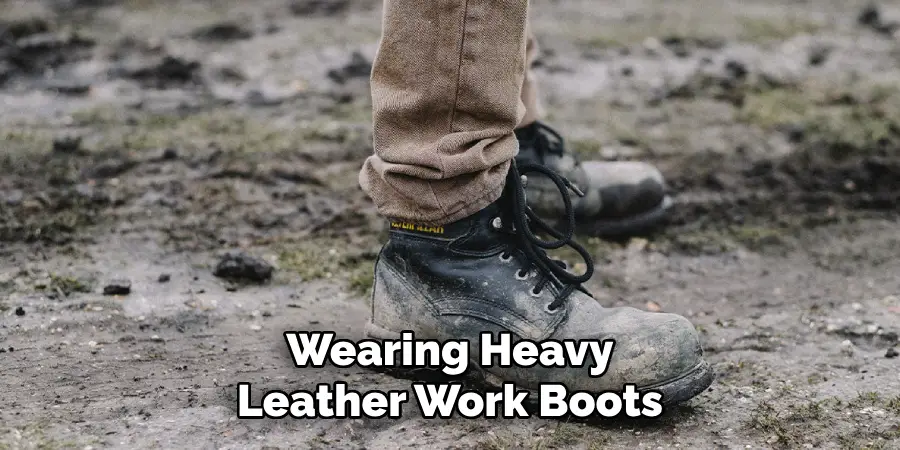
1. Choosing the Right Boots
First and foremost, it is important to choose the right type of work boots for your specific job requirements. Leather work boots come in various styles and materials, so it is important to choose one that is designed for the type of work you do.
For example, if you are working in a wet environment, opt for boots with waterproof or water-resistant material such as Gore-Tex. These types of boots will help keep your feet dry even in the wettest conditions.
2. Proper Socks
In addition to choosing the right boots, wearing the right socks can also make a big difference in keeping your feet dry. Avoid cotton socks as they tend to retain moisture and can make your feet feel damp and uncomfortable. Instead, opt for synthetic or wool socks that are designed to wick away moisture from the skin. This will help keep your feet dry and prevent any potential foot problems.
3. Boot Maintenance
Proper maintenance of your work boots is crucial in ensuring that they continue to provide protection and keep your feet dry. Regularly cleaning and conditioning the leather will help maintain its waterproofing abilities. It is also a good idea to invest in quality boot wax or waterproof spray to apply on a regular basis for added protection against water.
4. Keep Your Feet Dry Outside of Work
While work boots are designed to keep your feet dry, it is still important to take care of your feet outside of work as well. This includes keeping them clean and dry during breaks or after work hours. If your feet do get wet during work, change into a fresh pair of socks to prevent any potential foot problems.
5. Consider Adding Inserts
If you find that your feet still tend to get damp in your leather work boots, consider adding moisture-wicking inserts for added protection. These can be purchased at most footwear stores and can provide an extra layer of waterproofing for your boots.
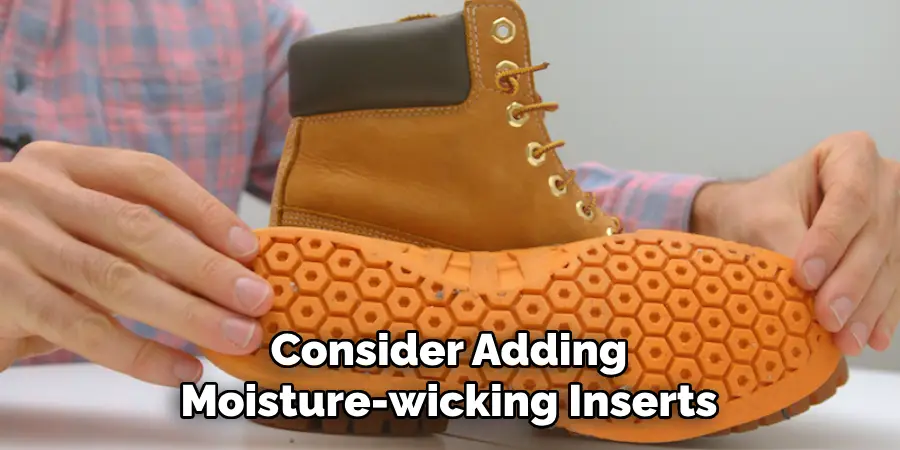
By following these tips, you can ensure that your feet stay dry and comfortable in your leather work boots. Remember, keeping your feet dry is not only about comfort but also about maintaining good foot health.
Conclusion
In conclusion, having dry feet is essential for your overall health and comfort. This is especially true when it comes to wearing leather work boots. In this blog, we have discussed various methods and tips on how to keep your feet dry while wearing leather work boots.
One of the most important things to note is that prevention is key. By choosing high-quality waterproof leather work boots and properly waterproofing them, you can prevent moisture from seeping in.
Another important tip is to keep your feet clean and dry before putting on your work boots. This will not only help prevent bacteria and odor but also ensure that any excess moisture is not trapped inside the boot. I hope this article has been beneficial for learning how to keep feet dry in leather work boots. Make Sure the precautionary measures are followed chronologically.

